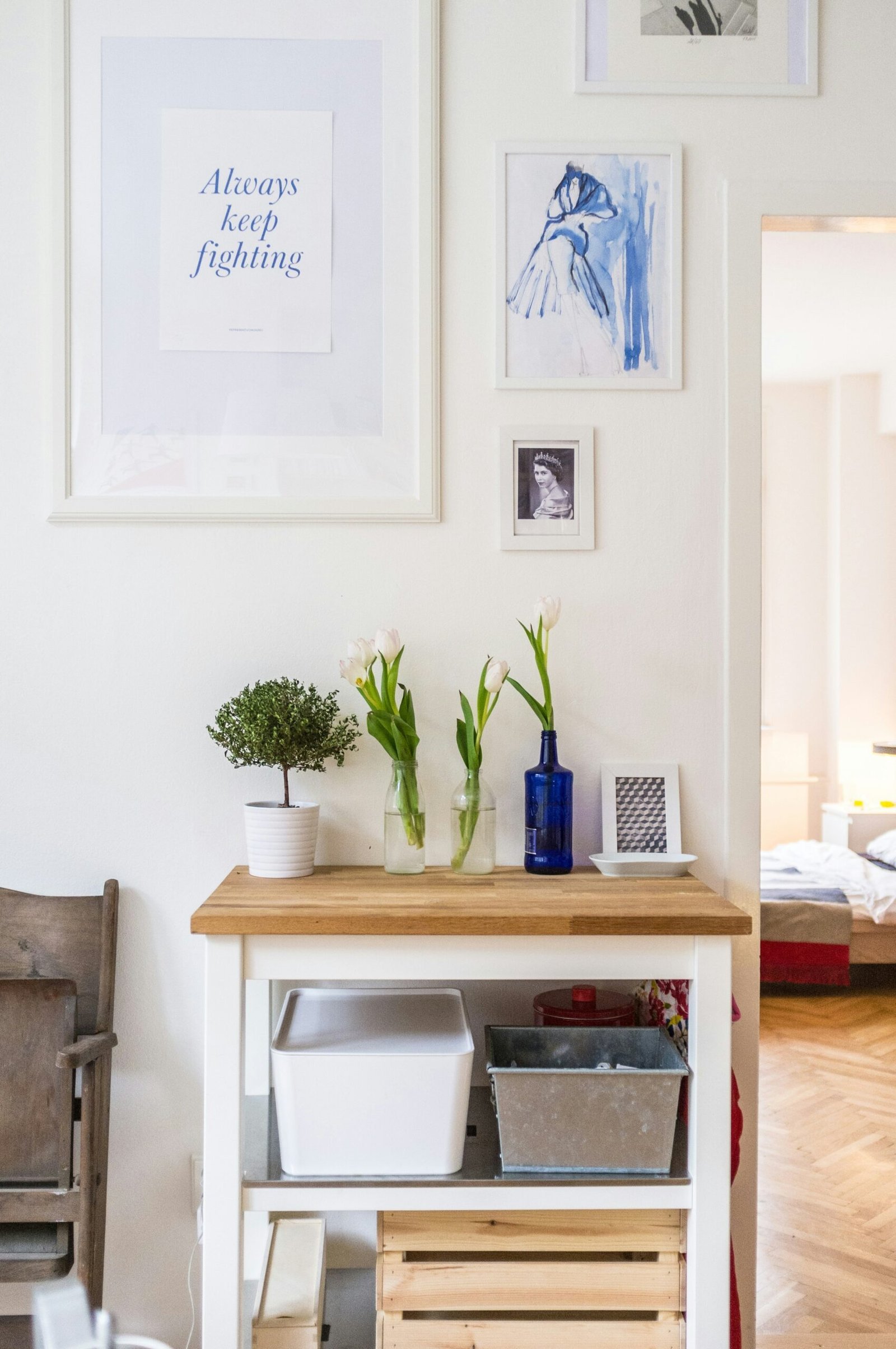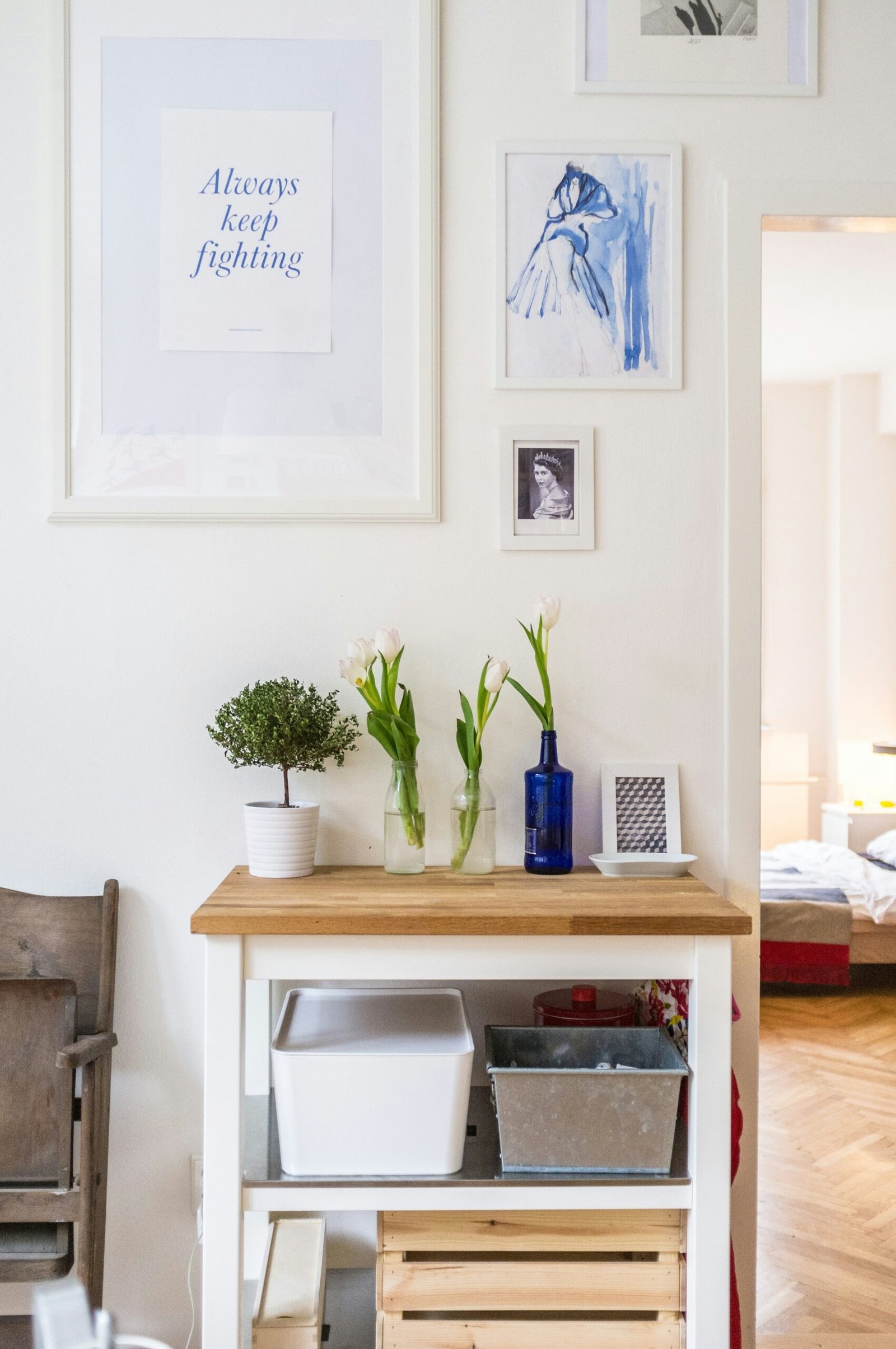
Introduction to Home Interior Painting
Home interior painting is a transformative process that can significantly enhance the look and feel of your living space. The choice of colors can have profound psychological effects, influencing mood and energy levels. For instance, warm colors like reds and oranges can create a cozy and welcoming atmosphere, while cool colors such as blues and greens can evoke a sense of calm and tranquility.
Beyond its aesthetic appeal, home interior painting also plays a crucial role in increasing the value of your property. Freshly painted walls can make a home appear well-maintained and modern, which is particularly beneficial if you are considering selling. A well-executed painting job can be a cost-effective way to make your home more attractive to potential buyers.
One of the key decisions when embarking on a home interior painting project is whether to tackle the task yourself or hire professionals. DIY painting can be a rewarding experience, offering a sense of accomplishment and the opportunity to personalize your space. However, it requires time, effort, and a certain level of skill to achieve a professional finish. On the other hand, hiring experienced painters can save you time and ensure high-quality results, though it comes at a higher cost.
Several factors should be considered before starting a painting project. These include the current condition of your walls, the type of paint suitable for different rooms, and the overall design theme of your home. Proper preparation, such as cleaning and priming the walls, is essential to ensure the longevity of the paint job. Additionally, understanding the latest trends and techniques in home interior painting can help you make informed decisions that will enhance your living environment.
Choosing the Right Colors and Paint Types
When embarking on a home interior painting project, the selection of colors and paint types plays a crucial role in achieving the desired aesthetic and atmosphere. Choosing colors that complement your existing decor is the first step. Analyze your furniture, flooring, and accessories to identify a harmonious color palette. Consider using color theory principles to find complementary and analogous colors that will enhance your space.
The role of lighting, both natural and artificial, cannot be overstated. Natural light can dramatically alter the perception of color throughout the day, while artificial lighting can either warm up or cool down a room’s appearance. It is advisable to test paint samples in different lighting conditions to ensure the chosen color works well under all circumstances.
Different rooms in your home may require different moods, and color plays a significant part in this. For instance, soft blues and greens can create a serene, relaxing environment perfect for bedrooms and bathrooms, while vibrant reds or yellows can add energy to social spaces like the living room or kitchen.
Beyond color, the type of paint finish also impacts the overall look and feel of a room. Matte finishes provide a non-reflective surface that hides imperfections but can be harder to clean. Satin finishes offer a slight sheen and are more durable, making them suitable for high-traffic areas. Gloss finishes are highly reflective, offering a sleek, polished look but can highlight surface flaws.
When deciding between oil-based and water-based paints, consider their pros and cons. Oil-based paints are durable and provide a smooth finish but have longer drying times and emit strong fumes. Water-based paints dry quickly, have low odor, and are easier to clean up, but may not be as resilient in high-moisture areas.
By carefully considering these factors, you can make informed decisions about home interior painting, ensuring a cohesive, aesthetically pleasing, and functional living space.
Preparation and Tools Needed for a Successful Paint Job
Proper preparation is crucial to achieving a professional-looking home interior painting project. The first step involves thoroughly cleaning the surfaces to be painted. Use a mild detergent solution to remove dirt, grease, and other residues that may prevent paint from adhering properly. Rinse with clean water and allow the surfaces to dry completely.
Once cleaned, inspect the walls for any damage. Small holes or cracks can be repaired using spackling compound or filler. Apply provide sandpaper to smooth out the repaired areas ensuring a leveled surface for painting. For larger damages, consider using a patch kit to ensure structural integrity.
Priming is an essential preparation step, particularly for previously unpainted surfaces or those with significant repairs. A good primer can seal the surface, providing a uniform base for the paint, enhancing its adhesion and longevity. Choose a primer that is suitable for your wall type and the paint you plan to use.
Protecting your furniture and flooring is equally important. Move all furniture out of the room if possible. For items that are too large or cumbersome, cover them with plastic sheets or drop cloths. Use painter’s tape to secure the coverings and to protect baseboards, trim, and any other areas that you do not want to be painted. Drop cloths should also be spread over the floor to catch any drips or spills.
Having the right tools is key to a successful home interior painting job. Essential tools include a variety of brushes and rollers, each designed for different surfaces and paint types. Brushes are perfect for edging and detailed work, while rollers are efficient for larger, flat areas. Painter’s tape is indispensable for creating clean lines and protecting areas from accidental paint application.
Drop cloths, as mentioned earlier, are necessary for protecting surfaces. Additionally, ladders or step stools are essential for reaching high places safely. For effective use of these tools, ensure that brushes and rollers are of high quality, as they will provide a smoother finish and last longer. Always use a sturdy ladder and follow safety guidelines to avoid accidents.
By thoroughly preparing surfaces, protecting your belongings, and using the right tools, you can achieve a smooth and professional-looking home interior painting result.
Step-by-Step Guide to Painting Your Home Interior
Painting your home interior can transform your living space, making it feel fresh and inviting. Follow this step-by-step guide to ensure a professional finish:
Preparation
Begin by preparing the room. Remove all furniture or cover it with drop cloths. Protect flooring with plastic sheeting or rosin paper. Use painter’s tape to mask off edges, trim, and fixtures. Clean the walls to remove dirt, dust, and grease for better paint adhesion. Sand any rough or glossy surfaces, and fill holes or cracks with spackle. Allow the spackle to dry, then sand smooth.
Cutting In
Start by cutting in at the edges. Use a high-quality, angled brush to paint along the edges where the walls meet the ceiling, baseboards, and corners. Dip the brush lightly into the paint, tapping off excess. Carefully draw a straight line along the edge, using a steady hand. This ensures a crisp finish and makes rolling easier.
Rolling the Walls
Next, use a roller to paint the main wall surfaces. Pour the paint into a tray and load the roller, rolling it back and forth to evenly distribute the paint. Apply the paint in a ‘W’ or ‘M’ pattern, then fill in the gaps with horizontal strokes. Work in small sections, blending as you go to avoid lap marks. Maintain a wet edge to achieve a smooth, even coat.
Dealing with Tricky Areas
For corners and ceilings, use a smaller brush and follow the same cutting-in technique. When painting the ceiling, use a roller with an extension pole to reach high areas. Apply the paint in parallel lines, overlapping slightly to ensure full coverage. Use a ladder for hard-to-reach spots, and always prioritize safety.
Common Mistakes to Avoid
Avoid common mistakes like overloading the brush or roller with paint, which can cause drips and uneven surfaces. Don’t rush the process; allow adequate drying time between coats as recommended by the paint manufacturer. Skipping the primer can lead to poor adhesion and an uneven finish, especially on new or repaired surfaces.
Cleaning Up
After painting, clean your brushes, rollers, and trays with soap and water or paint thinner, depending on the paint type. Remove painter’s tape before the paint fully dries to prevent peeling. Dispose of any used materials responsibly and store leftover paint for future touch-ups.
Maintenance
Maintain your newly painted walls by regularly dusting and cleaning with a mild detergent solution. Address scuffs and marks promptly. Keep some extra paint for touch-ups and store it in a cool, dry place. Proper maintenance ensures your home interior painting project remains vibrant and fresh for years.
Timeline
Plan your painting project over a weekend. Allocate one day for preparation and priming, and another for applying the final coats of paint. Allow for drying time in between steps. Efficient planning ensures a smooth process and minimizes disruption to your daily routine.

Leave a Reply